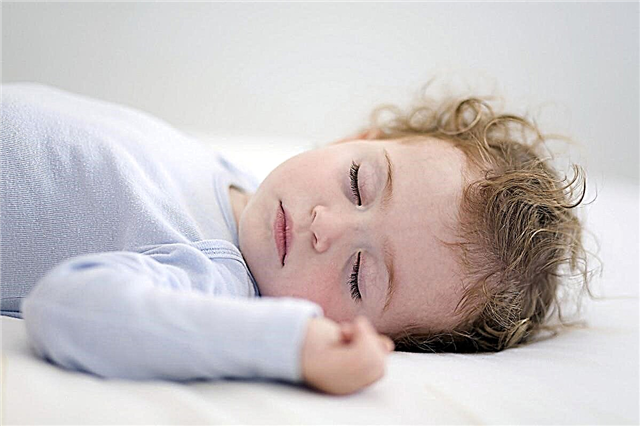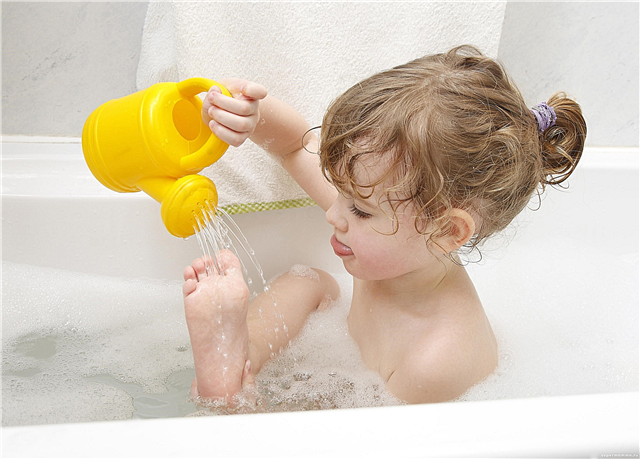Skin diseases always cause suffering, especially unpleasant itching and soreness arising from these pathologies. And they often occur in children of different ages. Moreover, skin infections, in particular lichen, can also occur in socially prosperous families. Most often, this disease affects preschool children.
Today our article is devoted to all varieties of lichen. And most importantly, we will consider the most effective means to combat it.
Varieties of lichen
Lichen is an infectious disease that can be transmitted to a patient from both humans and animals. As a rule, lichen rarely causes a deterioration in general well-being, a rise in temperature. It affects only the skin, scalp. It occurs in people with a weakened immune response due to chronic diseases, in children who are often ill.

The classification of lichen is based on the types of pathogen:
- ringworm:
- microsporia;
- trichophytosis.
- pityrious (multi-colored or colored);
- lichen of Zhiber (pink lichen);
- shingles;
- lichen planus;
- lichen white;
- scaly.
The latter two forms are rare in children.
Any form of lichen is a highly contagious (highly contagious) disease. A sick child must be isolated from other family members and even more so from children from kindergarten or school.
Pityriasis versicolor in children and its symptoms
This type of lichen is caused by a fungus. It was named multi-colored due to the appearance of spots of various diameters and colors.
Statistics show that pityriasis versicolor in children occurs in two percent of schoolchildren. Children are rarely affected.
The fungal pathogen can be on the skin for a long time and not manifest itself in any way. Under the influence of any factors (viral disease, stress, sweating), a pityriasis versicolor clinic develops.

As mentioned above, a clinic of a multi-colored form is the appearance of spots of pink or brown color. Localization - neck, back, chest.
Such spots do not tan with a long stay in the sun. This is due to a violation of melanin synthesis.
The incubation period ranges from 1 to 3 weeks.
Signs of shingles
This species is very easy to recognize, because its localization is directly related to the name - the lumbar region. It is caused by a type of herpes virus.
With inadequate treatment, herpes zoster can cause meningitis, encephalitis, and damage to the nervous system.
In general, a third of the world's population is infected with the herpes simplex virus. And people do not even suspect that he lives in their lumbar nerve nodes.
With a decrease in the resistance of the child's body, clinical manifestations of the disease occur.
This type of lichen is characterized by an acute onset - a rise in temperature, pain. Small bubbles appear along the lower back. The child develops signs of general intoxication - malaise, weakness, lethargy, drowsiness. The vesicles are filled with serous contents, prone to fusion. After a week, the papules dry out and leave crusts. By themselves, the blisters are painful, itchy.
In no case should they be squeezed out, as a secondary infection can be introduced.
Shingles can also occur in infants.

There are several forms of shingles:
- gangrenous;
- bullous;
- hemorrhagic;
- generalized.
Ringworm in a child
One of the most common forms among the child population. Caused by a fungus. Affects the scalp, nails. The stain can be seen clinically. It has clear boundaries, as a rule, covered with scales, crusts. Peeling and itching are also characteristic.
When the scalp is affected, the focus has a rounded shape up to 4 cm in diameter. At the site of the outbreak, the hair has increased fragility, as if it had been "cut off", hence the name.
With reduced immunity, ringworm can be complicated by fever and inflammation of the lymph nodes.
Lichen Gibert or peeling roseola
A distinctive feature of this form is that lichen does not develop on the head. The etiology of this disease is not known. But, based on the fact that roseola is distinguished by a bright positive reaction to streptococcal vaccination, then, most likely, the disease is of a bacterial nature.
It practically does not occur in children under 10 years of age.
First, a spot appears on the skin - a "maternal plaque" about 2 cm in diameter. Then, after a few days, it begins to peel off, after which small pink spots with a scaly center appear all over the body. Favorite localization - back, limbs.
Lichen Gibert (Gibert's disease) was named after the man Antoine Gibert, who first noted this form of the disease on himself and described the clinic.
Pink lichen causes almost no complications.
Diagnosis of lichen in children

| Pityrious | Gibert | Shearing | Shingles | |
| Visual assessment | Spots with a different color shade | Spots with a scaly center | More often on the head, stain | Vesicles with serous contents |
| Samples |
| — | — | — |
| Inspection under Wood's lamp | Dark brown spots. | Green glow. | ||
| Scraping from the affected surface with subsequent microscopy | Fungus | — | Fungus | — |
| Tank. sowing from the affected area | — | It is possible to identify a streptococcal infection. | — | — |
| ELISA blood | — | — | — | Revealing high titers of herpes zoster in the blood. |
Lichen treatment in children
When the diagnosis has already been made, the question arises, how to treat lichen in a child?
General principles of treatment
- Avoid prolonged exposure to sunlight.
- Do not visit the baths.
- Avoid hypothermia, stress.
- Prevention of ARVI, bacterial infections.
- Shower once a week with fragrance-free baby soap.
- Remove soft fluffy toys, carpets, they may contain fungal spores.
Overview of antifungal drugs for pityriasis and ringworm

- Exoderil ointment. The drug is well absorbed, relieves itching and skin inflammation.
- "Mycozoral", "Dermazole". The active ingredient is ketoconazole.
- "Mikoseptin" (in the form of an ointment) actively fights against the fungus.
- Tablet forms - "Lamisil", "Griseofulvin". They act at the cell level.
It should be borne in mind that the drugs are quite toxic and the use in childhood is limited - only from the age of 13.

With pityriasis versicolor, solutions and ointments with a drying effect are used - "Wilson's ointment", salicylic alcohol.
With a persistent course, tablet forms of the same ketoconazole ("Mycozoral") are prescribed.
Antifungal ointments must be used within 2 weeks.
Treatment of Gibert's disease is simple, since this form of the disease is prone to self-healing a month after the appearance of the maternal plaque.
Therefore, treatment is often not even prescribed.
But in the case of a protracted course of the disease, antihistamines, desensitizing drugs can be used.
Treatment for shingles has its own characteristics. The main type of procedures is antiherpetic therapy. Such drugs as "Acyclovir", "Zovirax" are used.
Do not forget about taking vitamin preparations during the seasons characterized by hypovitaminosis ..
Features of the diet for lichen

Should be excluded:
- pickled foods;
- citrus;
- red fish, seafood;
- eggs, milk, coffee.
The basic principle is that food is hypoallergenic.
Deprive the baby
Ringworm occurs more often in infants, and pityriasis is the second most frequent occurrence. You can infect a baby through contact with a sick person or animal. Due to the immaturity of all systems of infants, lichen can have infectious complications.
Also, lichen in children under one year old can be easily confused with the manifestation of atopic dermatitis.
If spots appear on the skin of a small child, tell your doctor immediately.
Prevention of lichen in children
- Wash your hands after walking.
- Do not kiss or pet animals outside.
- Change your home clothes frequently. Clothes should always be clean and washed.
- Avoid bathing every day to avoid spreading infections throughout the body.
- It is better to use clothes made from natural ingredients, cotton.
“Lichen has rather ancient roots and is very contagious, especially in the children's collective. Don't be afraid of him. It is necessary to show the child to a dermatologist in time. The doctor will diagnose and prescribe treatment. "Doctor Komarovsky.



